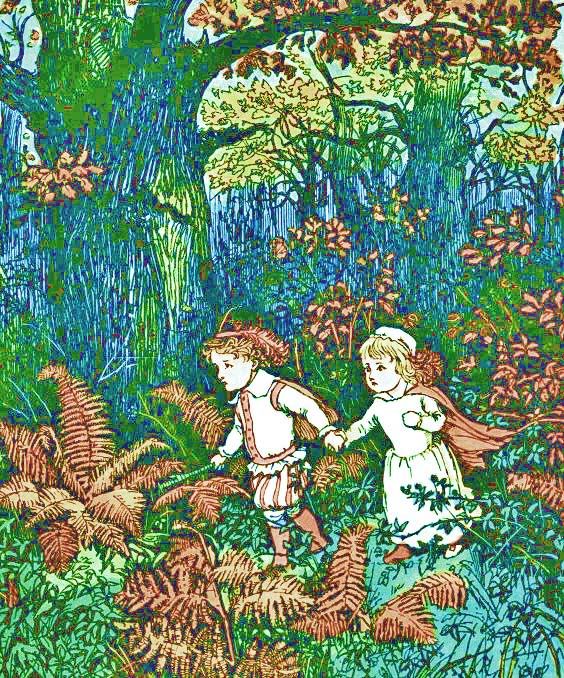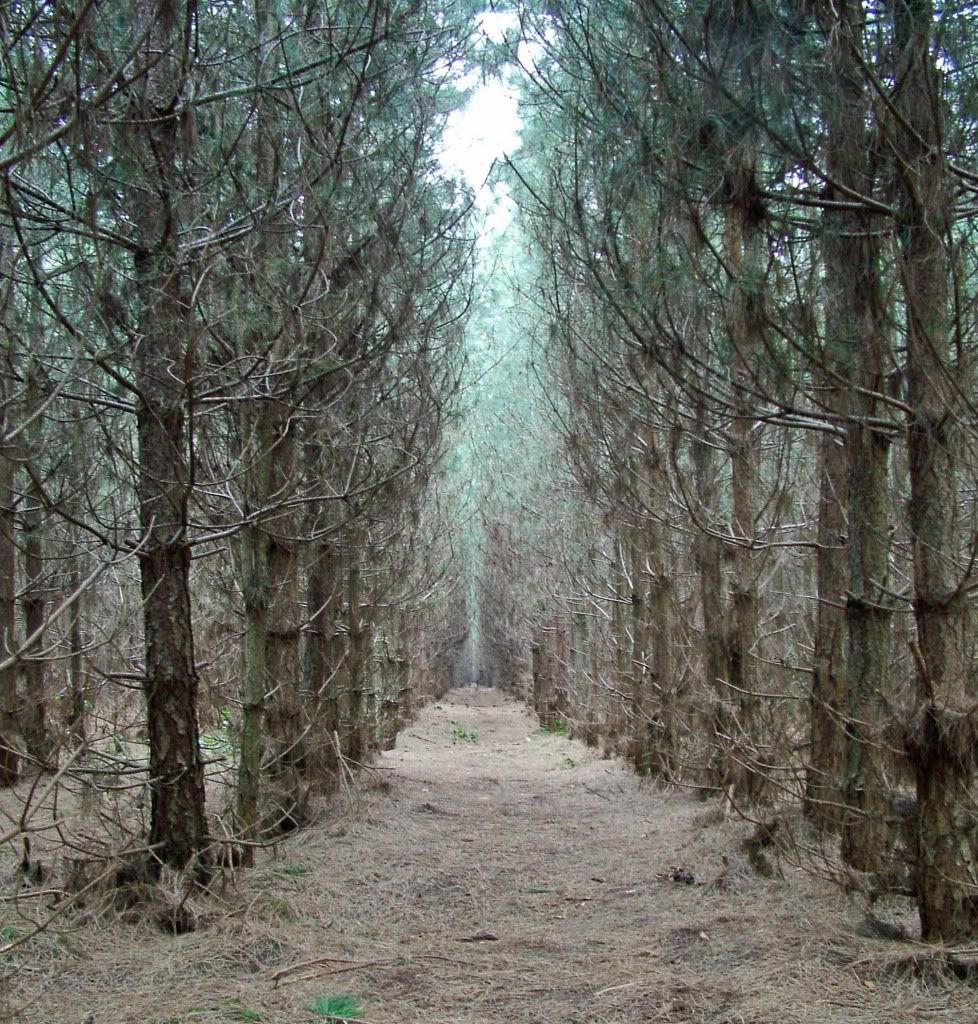The Green Children of Woolpit
The story of the Green Children of Woolpit reads rather like a typical English fairytale, but are there any elements of truth mixed in with the mythology and folk beliefs of fairies and the afterlife?

During the troubled reign of king Stephen of England (1135-1154), there was a strange occurrence in the village of Woolpit, near Bury St. Edmunds in Suffolk. At harvest time, while the reapers were working in the fields, two young children emerged from deep ditches excavated to trap wolves, known as wolf pits (hence the name of the village). The children, a boy and a girl, had skin tinged with a green hue, and wore clothes of a strange colour, made from unfamiliar materials. They wandered around bewildered for a few minutes, before the reapers took them to the village.
Because no-one could understand the language the children spoke they were taken to the house of local landowner Sir Richard de Calne, at Wikes. Here they broke into tears and refused to eat the bread and other food that was brought to them.
For days the children ate nothing until the villagers brought them recently harvested beans, with their stalks still attached. It was said that the children survived on this food for many months until they acquired a taste for bread.
As time passed the boy, who appeared to be the younger of the two, became depressed, sickened and died, but the girl adjusted to her new life, and was baptized. Her skin gradually lost its original green colour and she became a healthy young woman. She learned the English language and afterwards married a man at King’s Lynn, in the neighbouring county of Norfolk, apparently becoming ‘rather loose and wanton in her conduct’. Some sources claim that she took the name ‘Agnes Barre’ and the man she married was a senior ambassador of Henry II.
It is also said that the current Earl Ferrers is descended from the strange girl through intermarriage. What evidence this is based on is unclear, as the only traceable senior ambassador with this name at the time is Richard Barre, chancellor to Henry II, archdeacon of Ely and a royal justice in the late 12th century. After 1202, Richard retired to become an Austin canon at Leicester, so it is seems unlikely that he was the husband of ‘Agnes’.
The Girl’s Story
When she was later questioned about her past the girl was only able to relate vague details about where the children had come from and how they arrived at Woolpit. She stated that her and the boy were brother and sister, and had come from ‘the land of Saint Martin’ where it was perpetual twilight, and all the inhabitants were green in colour like they had been. She was not sure exactly where her homeland was located, but another ‘luminous’ land could be seen across a ‘considerable river’ separating it from theirs.
She remembered that one day they were looking after their father’s herds in the fields and had followed them into a cavern, where they heard the loud sound of bells. Entranced, they wandered through the darkness for a long time until they arrived at the mouth of the cave, where they were immediately blinded by the glaring sunlight. They lay down in a daze for a long time, before the noise of the reapers terrified them and they rose and tried to escape, but were unable to locate the entrance of the cavern before being caught.
The Sources for the Green Children
Is there any truth behind this extraordinary story, or should it be listed among the many marvels listed by chroniclers of medieval England? The two original sources are both from the 12th century. William of Newburgh (1136-1198), an English historian, and monk, from Yorkshire. His main work Historia rerum Anglicarum (History of English Affairs), is a history of England from 1066 to 1198, in which he includes the story of the Green Children. The other source is Ralph of Coggeshall (died c 1228), who was sixth abbot of Coggeshall Abbey in Essex from 1207-1218. His account of the Green Children is included in the Chronicon Anglicanum (English Chronicle) to which he contributed between 1187 and 1224. As can be seen from the dates, both authors recorded the incident many years after it was supposed to have taken place.
The fact that there is no mention of the Green Children in the Anglo-Saxon Chronicles, which deals with English history up until the death of King Stephen in 1154, and includes many of the ‘wonders’ popular at the time, could indicate a date for the incident early in the reign of Henry II, rather than in the reign of King Stephen.

Ralph of Coggeshall, living in Essex, the neighbouring county to Suffolk, certainly would have had direct access to the people involved in the case. In fact he states in his Chronicle that he had frequently heard the story from Richard de Calne himself, for whom ‘Agnes’ worked as a servant.
In contrast, William of Newburgh, living in a remote Yorkshire monastery, would not have had such first-hand knowledge of events, though he did use contemporary historical sources, as is indicated when he says ‘I was so overwhelmed by the weight of so many and such competent witnesses’.